The idyllic Andaman Islands are a popular tourists destination for their beautiful beaches and scuba diving. They are over 1300 km off the coast, east of Chennai, India making them closer to Indonesia and Myanmar than India. However, when India regained independence and the British divvied up their empire, they made the Andamans a part of India. Only a few of the many islands in the archipelago are open to tourists and not all are inhabited. Some islands still have primitive hunter gatherer tribes living on them. The Sentinelese are one tribe that has been isolated for thousands of years, unexposed to modern world and are hostile to any outsiders. Reports say they are the only people still in existence that have not advanced their technology passed the paleolithic stage (11,000 BC). We stayed far away from them!
Instead we stayed on the very hospitable island of Havelock (recently renamed Swaraj Dweep Island). It’s 18 km long and 5 km wide, edged with white sandy beaches, swaying palm trees, mangrove forests and turquoise waters. Even though our flight and ferry were full of tourists, the island maintains its laid-back vibe and didn’t feel like noisy, crowded India.
Surprisingly, the main industry for the island is not tourism, its Betel Nuts. They grow on tall palm trees and are used to make a product similar to chewing tobacco. Chewing Betel Nuts is very popular in many Asian countries. Disgusting red spit is seen on sidewalks and roads everywhere.

Palm and mangrove trees, Havelock Island 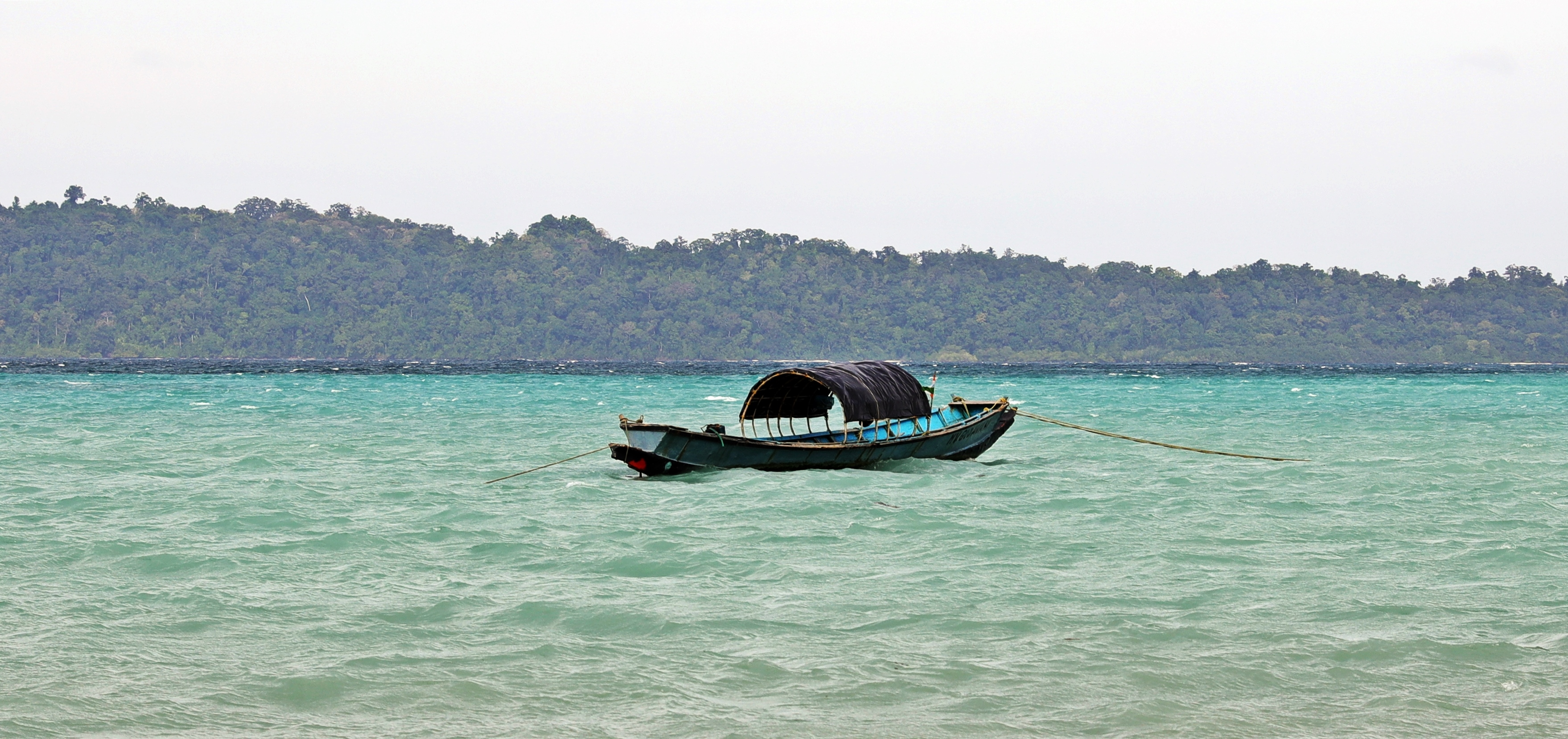
Havelock Island 
Betel Palm forest, Havelock Island 
Palm trees, Havelock Island 
Jungle spider, Havelock Island
We stayed in a dive resort on Vinnie’s Beach so were isolated from the throngs of beach-going tourists. The resort is on a white-sand beach that is part of a long beach sectioned off by patches of mangroves which are impassable at high tide. There are a few coves along the shore that have large black rocks forming the cove borders. Some of the rocks have interesting formations made from the waves splashing against them. We enjoyed walking the long beach enjoying the views of the ocean and the other islands.

Vinnie’s Beach, Havelock Island 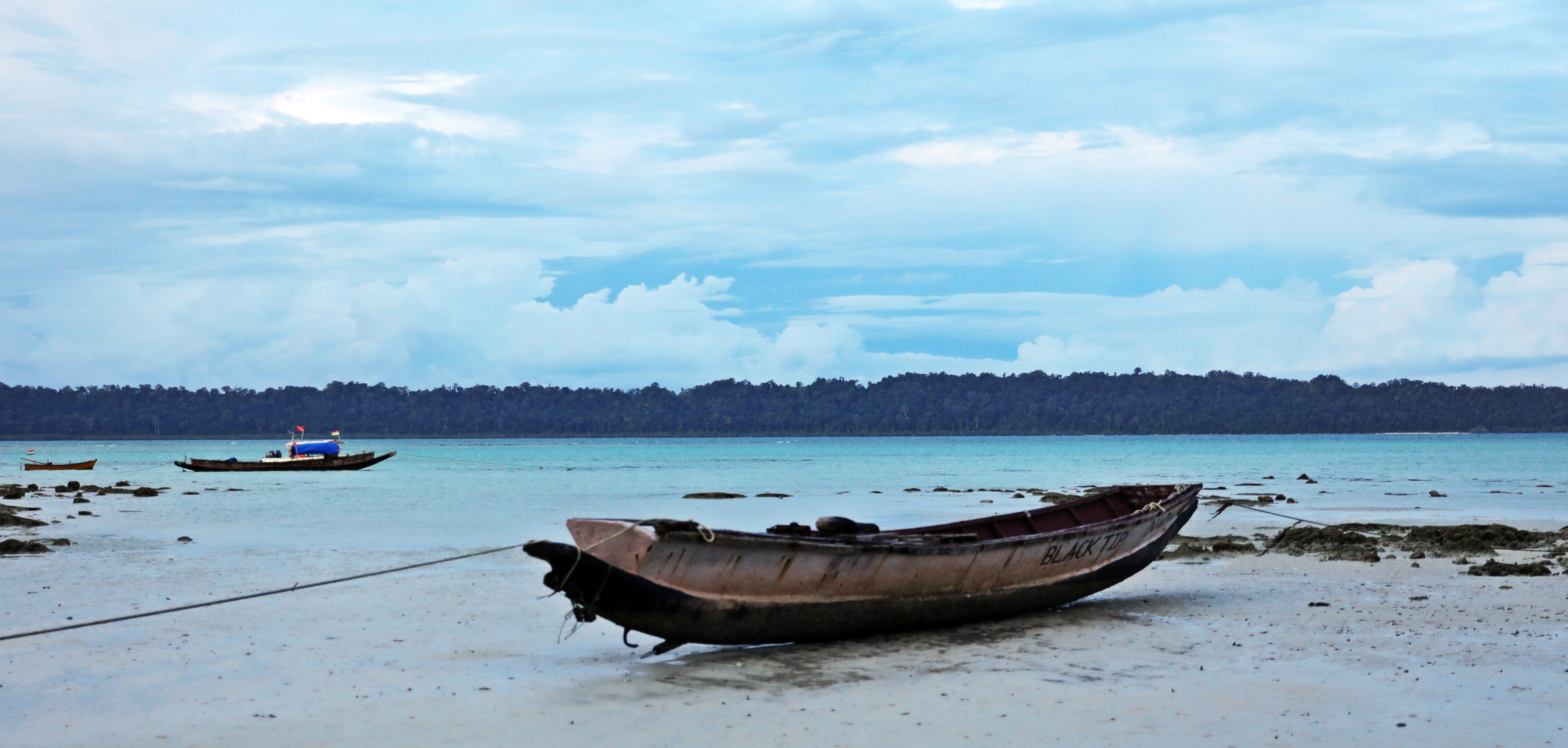
Havelock Island 
Walking along the beach, Havelock Island 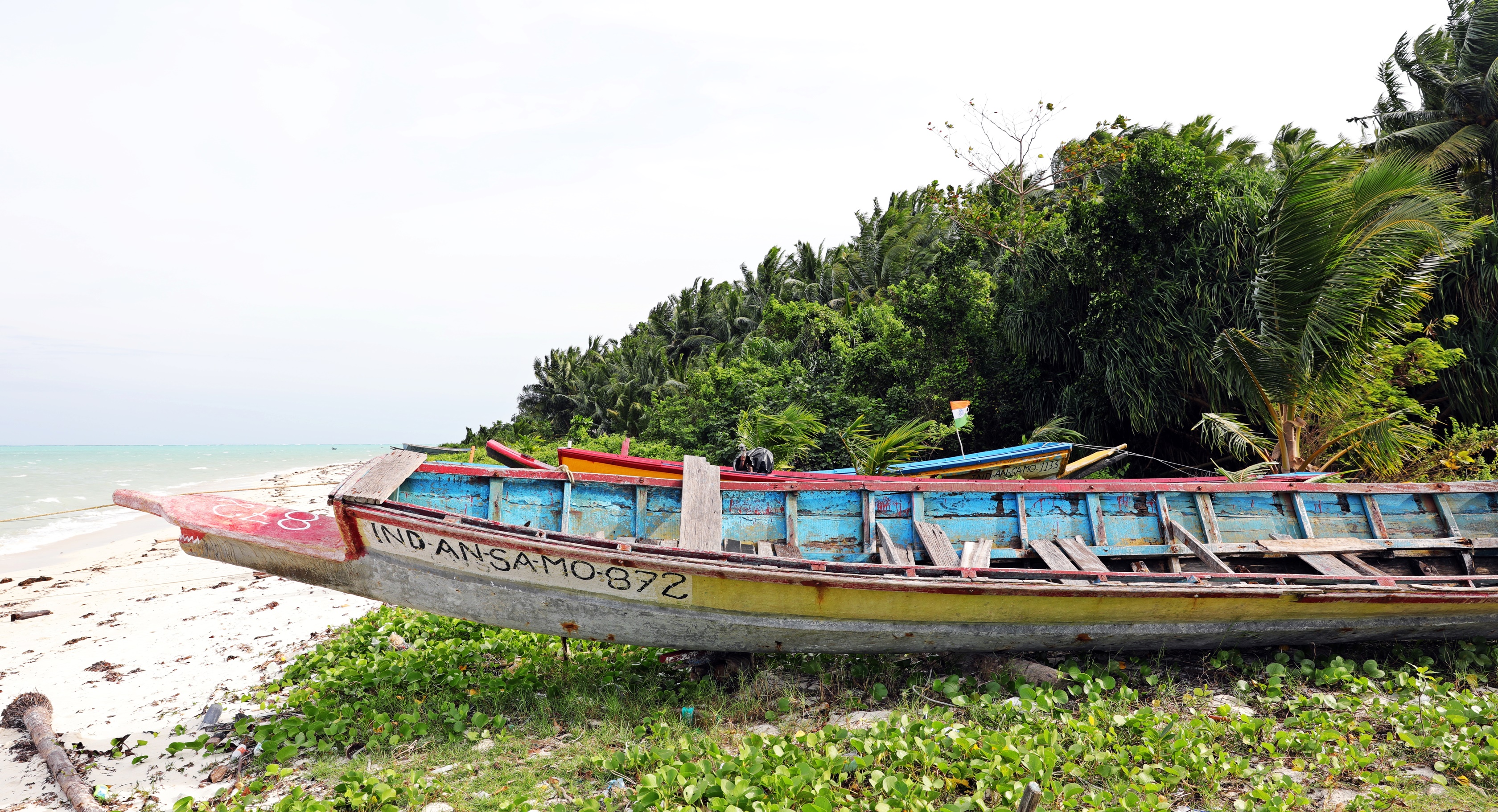
Havelock Island 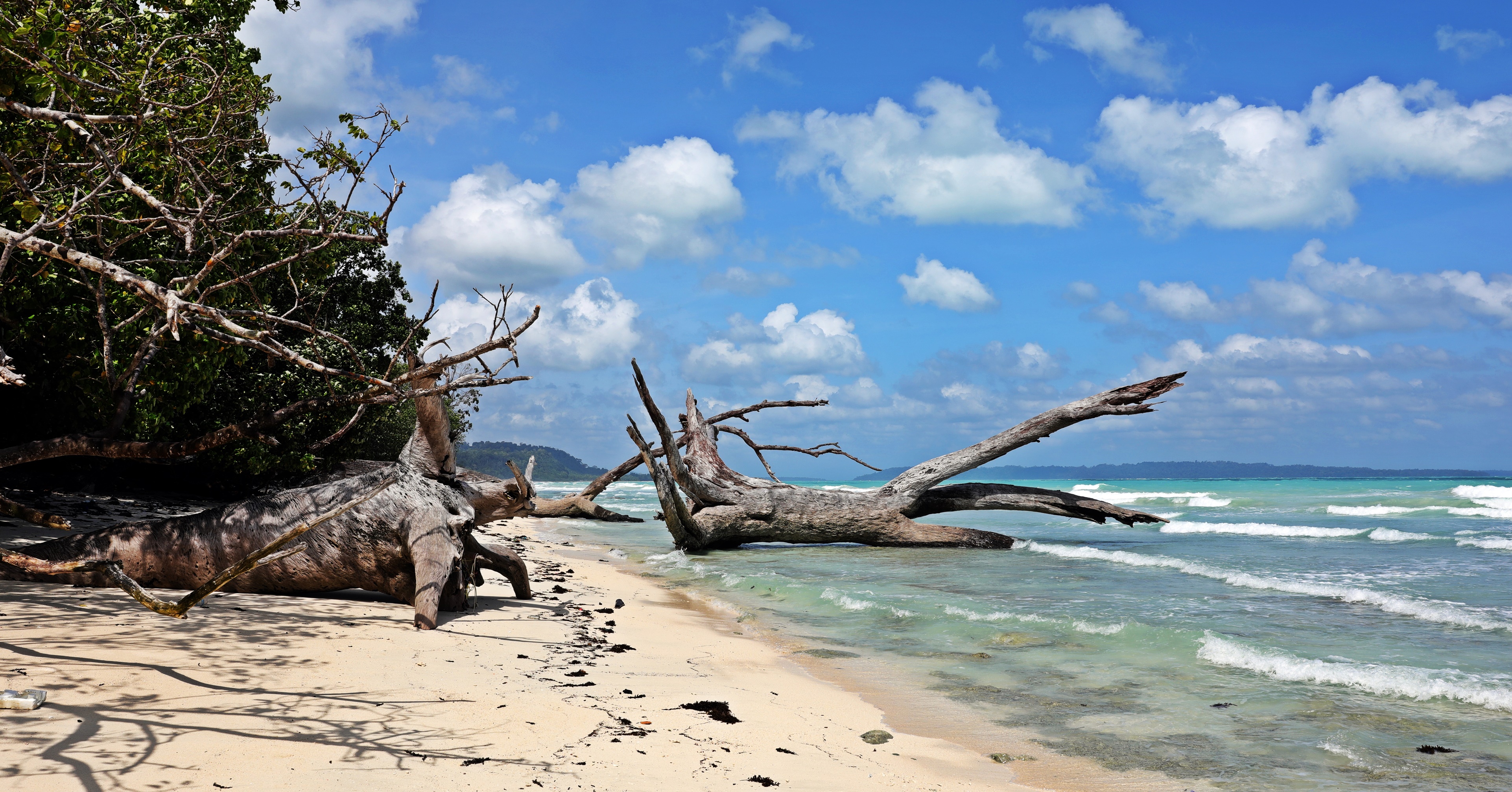
Havelock Island 
Fisherman, Havelock Island 
Low Tide, Havelock Island 
High Tide, Havelock Island 
Mangrove forest at low tide 
Sunset, Havelock Island
We had a few good dives with Dive India where we saw: octopuses poking out from their hiding spots, large groupers, brightly coloured minuscule nudibranches, moray eels sneaking out of the coral, sting rays buried in the sand and many colourful reef fish. A lot of the coral was damaged from bleaching, but we were still able to see colourful coral including the pretty Fan coral and the unusual emerald Green coral. We also saw black Feather Stars which are the closest thing to a walking plant as it is able to move freely through the water. On some dives we were surrounded by large schools consisting of tens of thousands of fish. Unfortunately, after a few days of diving, Cyclone Phethai started brewing in the waters near Sri Lanka. Even though we were over 1000 km away, we had high, rough waves and the small dive boats weren’t allowed on the water.

Octopus sticking his eye and tentacle out from the coral, Andaman Islands 
Grouper, Andaman Islands 
Moray Eel, Andaman Islands 
Dozens of Reef Catfish, Andaman Islands 
Colourful Fan coral, Andaman Islands 
Fan coral, Andaman Islands 
Green coral, Andaman Islands 
Black Feather Star anchored to Fan coral, Andaman Islands 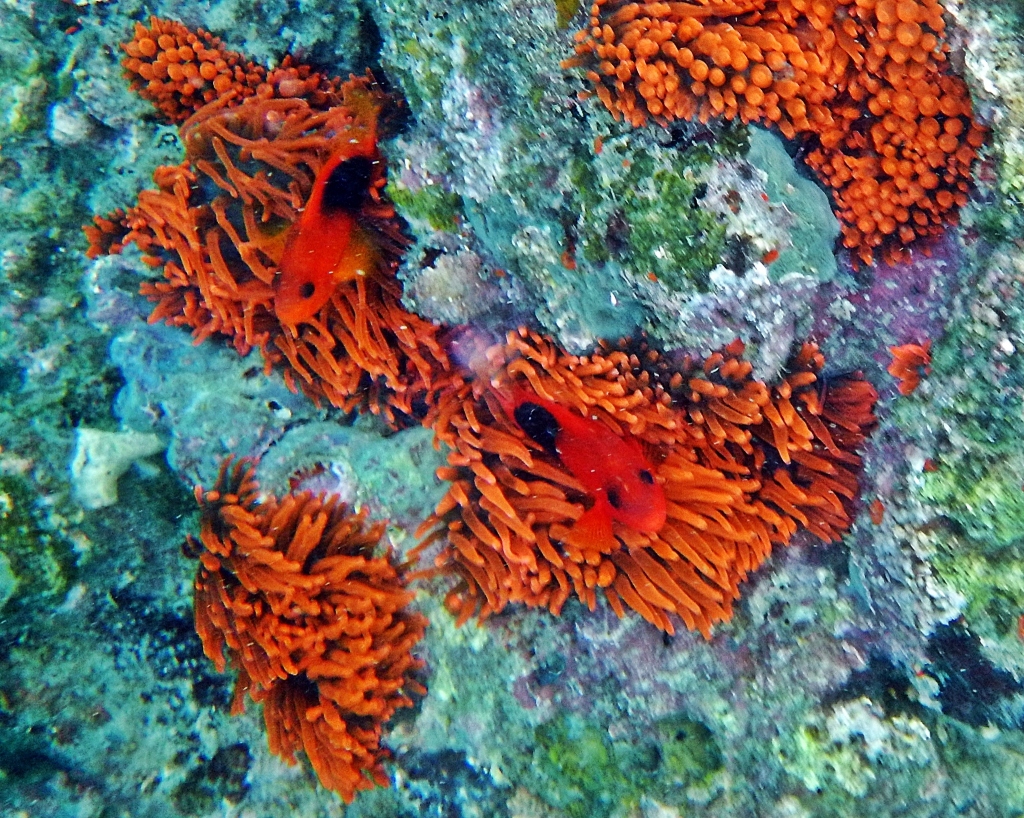
Anemone coral with red Saddleback fish, Andaman Islands 
Electric Clam, Andaman Islands 
Clark Fish and Anemone, Andaman Islands 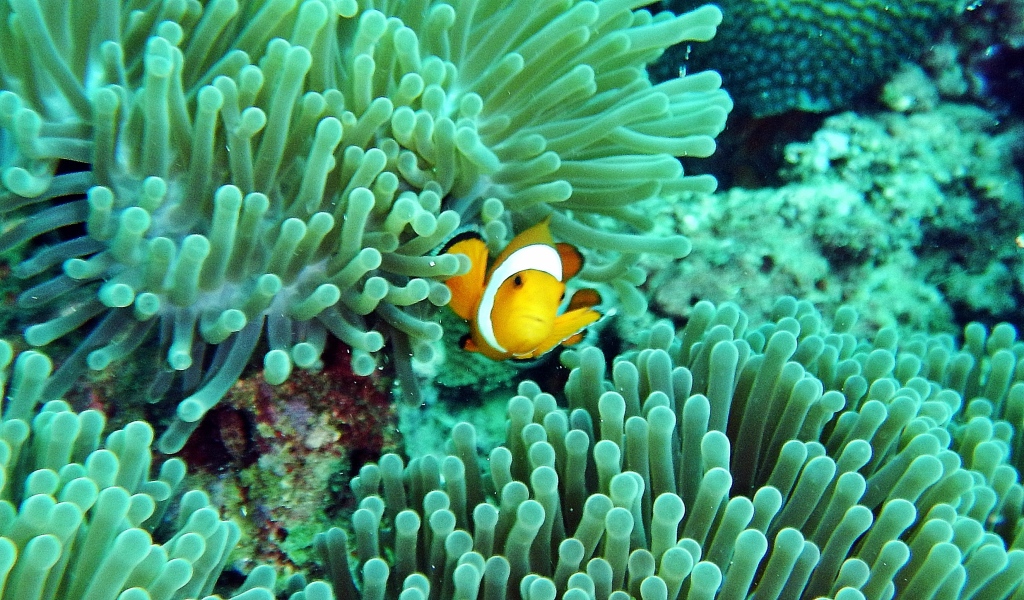
Anemone with a Clown Fish, Andaman Islands 
Lion Fish, Andaman Islands 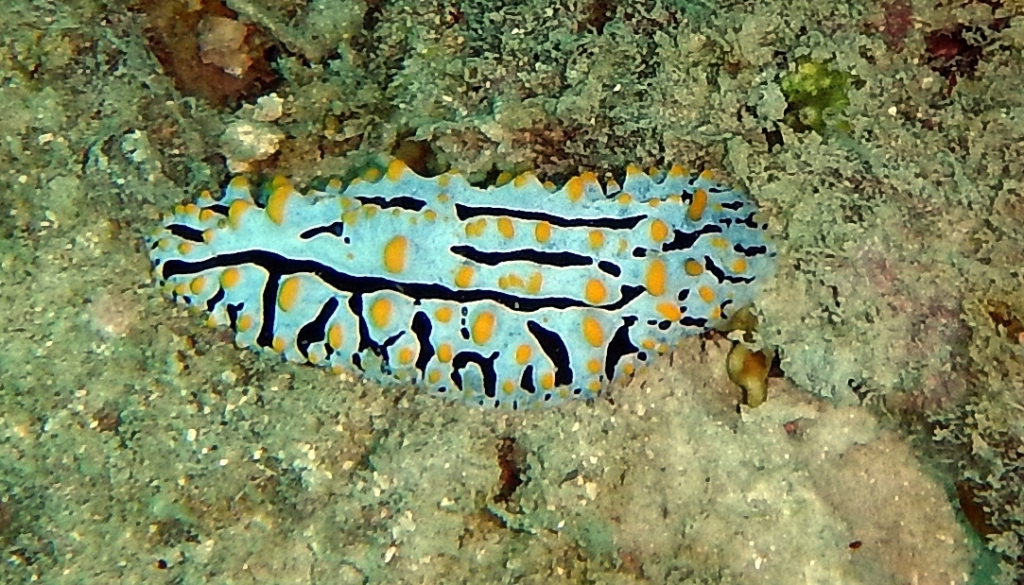
Nudibranch, Andaman Islands 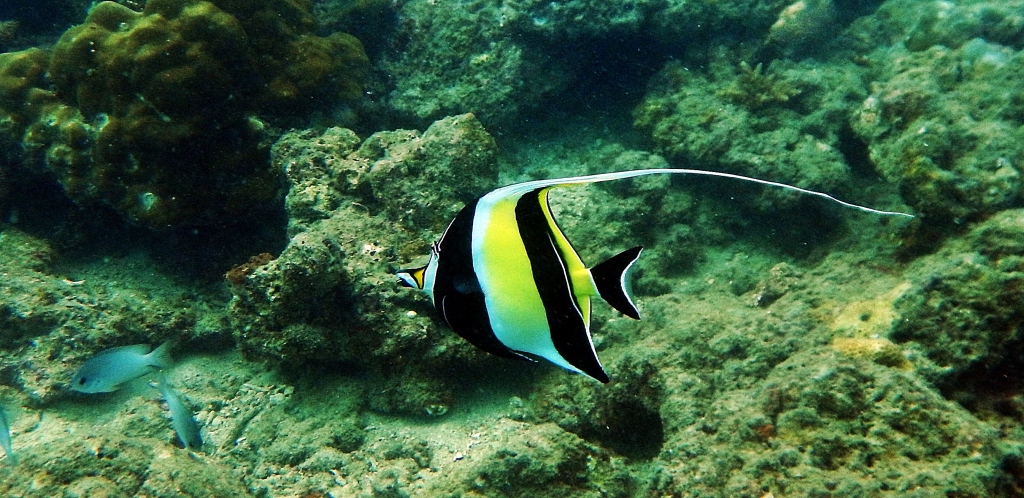
Moorish Idol Fish, Andaman Islands 
Reef fish, Andaman Islands 
Reef fish, Andaman Islands 
Look closely for the Scorpion Fish, Andaman Islands 
Reef fish inside a sponge, Andaman Islands
Even without diving, there were still things to do in paradise. On the other side of the island is a very popular beach, Radhanaga Beach. There are large waves to play in and a beautiful long stretch of sand to relax. The beach faces west so we were treated to a lovely, red sunset. Next to this beach is a small cove with a pretty beach with a small stream. There are salt water crocodiles lingering in the stream so although it is a pretty cove, the area is off-limits.

Radhanaga Beach, Havelock Island 
Radhanaga Beach, Havelock Island 
Storm coming in on Radhanaga Beach, Havelock Island 
Sunset, Radhanaga Beach, Havelock Island
On our way back to the mainland we spent a day in Port Blair on South Andaman Island which has some unpleasant history. In the late 1800s to early 1900s the British used the Andamans to imprison political dissidents from India and Burma. Each freedom fighter had their own cell, hence the name Cellular Jail. There were 700 small cells in 7 two-story buildings that branched out from a central post. There are only 4 branches still standing today. The cells were small rooms with only a small window on one wall and a small barred door on the opposite wall. Not much breeze would be able to pass through to provide relief from the heat. When we toured the memorial, it was very hot and humid. We were suffering in the one-hour we were there without a fan and couldn’t imagine spending a year living in the suffocating cells. There was a small section of 6 cells that held prisoners on death row. These cells overlooked the Gallows so they could see the location of their final punishment. Apparently, Cellular Jail came to be a ‘university’ for freedom fighters as the prisoners were able to exchange ideas among themselves. Today it’s open as a memorial to the freedom fighters who were met with atrocious living conditions and horrific punishments including hard physical labour. This is the other side of history that we need to remember.
Across from the prison is Ross Island (now called Netaji Subhash Chandra Bose Island) which was used by the British for administration and residences. Three of the islands, including Havelock and Ross were renamed on December 31, 2018 to honour these freedom fighters.

Cellular Jail, Port Blair, Andaman Islands 
Cellular Jail, Port Blair, Andaman Islands 
Jail windows, Cellular Jail, Port Blair, Andaman Islands 
Cellular Jail, Port Blair, Andaman Islands 
Gallows, Cellular Jail, Port Blair, Andaman Islands
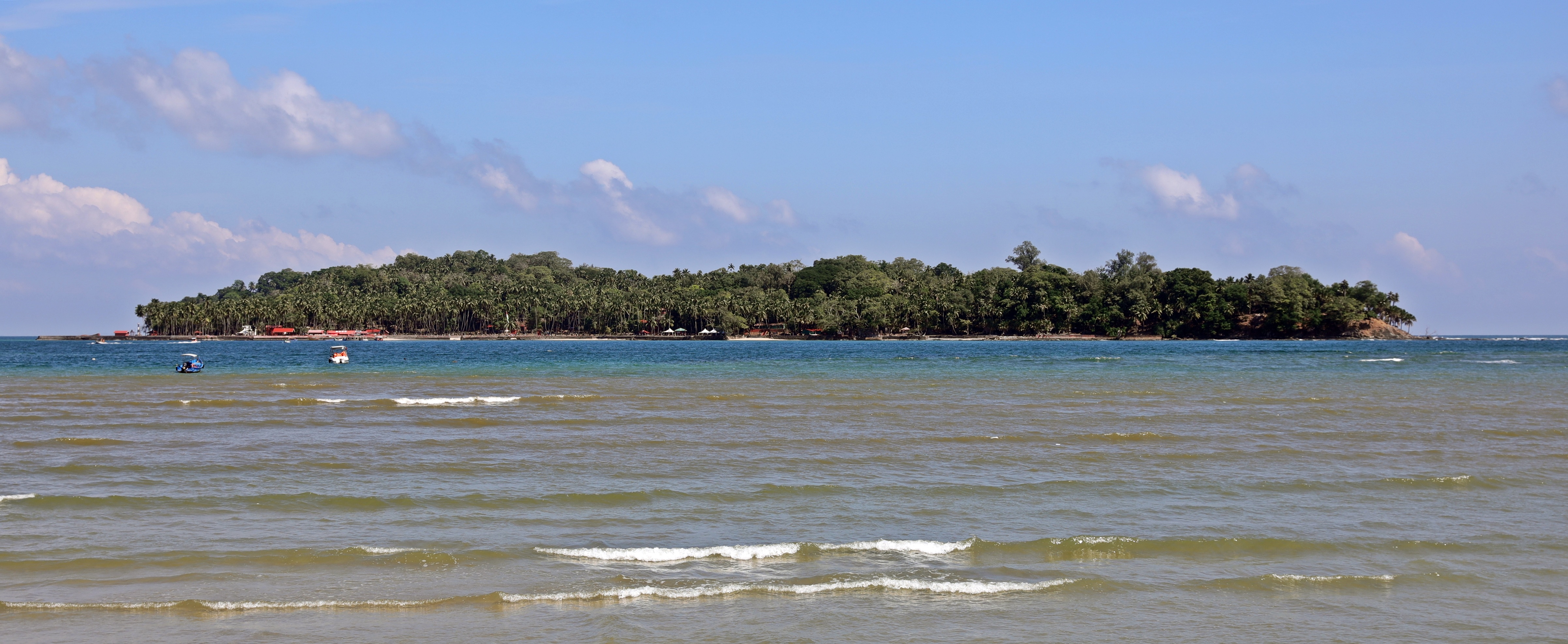
Ross Island, Andaman Islands
After a week in the fun and sun of the Andamans we returned to mainland India. Chennai, formerly Madras, is a very large city on the Bay of Bengal. Over the years it was used by the Portuguese, British and French as a trading bases, but there is very little left from those days. Most of the historical buildings are within a few blocks of each other and are used by government agencies so are not open to tourists. Fort St George was built in the 1600s by the Britain’s East Indian Company and is used today by the Navy and by the state government. Most of the site is off-limits except for the still functioning St Mary’s Church and a museum. Down the road are the buildings of the Faculty of Law at the University with its impressive onion-domed red brick roof.
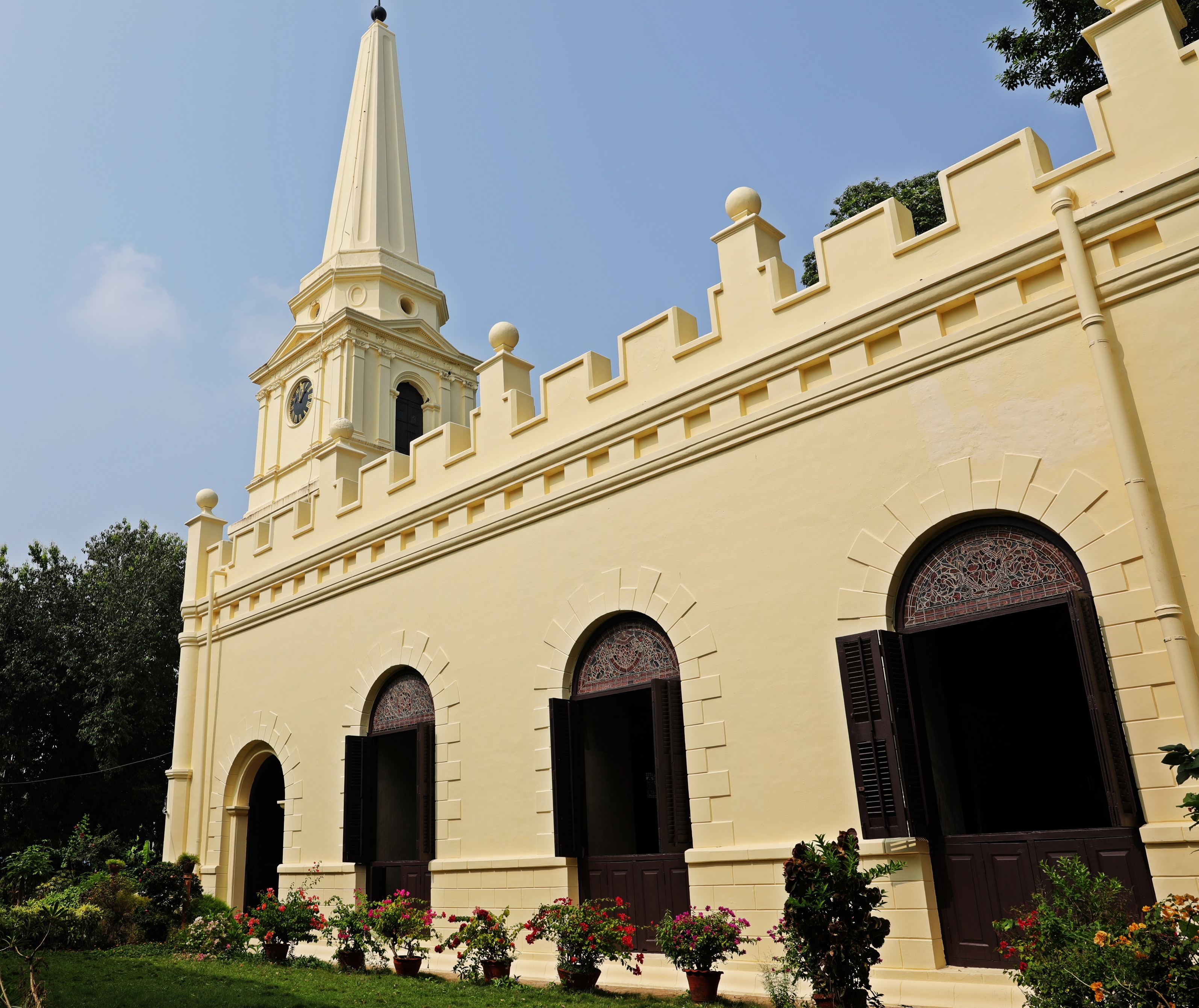
St Mary’s Church, Fort St. George, Chennai 

Law University, Chennai
Not far away are another group of historical buildings. Central Railway Station is a beautiful red brick building with a central clock tower. It’s still used as a train station today. Beside it is the Southern Indian Railway Office. It’s an impressive white building with chhatris and columned front. In the next block, Victoria Public Hall with its tall front tower was built to commemorate Queen Victoria’s golden jubilee. Next to it is the beautiful white Ripon Building. It’s multi-pillared front and tall clock tower in bright white stand out on this street of historical buildings

Southern Indian Railway Office, Chennai 
Central Railway Station, Chennai 
Victoria Public Hall, Chennai 
Ripon Building, Chennai
Coming up next: Palaces, Mansions and Temples in Southern India
For extra pics from this trip go to Gallery/Delhi & Eastern India. For extra pictures from other blogs go to Gallery at monkeystale.ca
To read about more of our adventures go to Destinations.
If you like what you read, please share it using the links below
I am incredibly jealous! I’m glad you got in some good dives. The electric clam is very cool and I always love seeing nudibranchs…there are so many different colours and patterns to these incredible little creatures. Thanks for the geography lesson as I would have failed in my placement of the Andaman Islands and I didn’t know they are part of India. The prison is sobering (reminds me of how I felt when we toured the prison at Robben Island in South Africa). Chennai looks stunning. Happy New Year to you both!
LikeLiked by 1 person
Thanks Caroline! I had never heard of a nudibranch before we dove in Borneo last year. They are so colouful for a slug!
LikeLiked by 1 person
Wow, fantastic underwater pictures.
Sent from my iPad
>
LikeLiked by 1 person
Thanks Cheryl!
LikeLike
Wow! Loved the pictures especially the underwater ones. Andaman looks so peacful and beautiful. I would love to visit the place someday.
LikeLiked by 1 person
Thank you so much! It is a gorgeous area whether you like beaches, diving or history there’s lots to do!
LikeLiked by 1 person
Great post with beautiful captures. Andaman is just amazing and just love being there, glad to know that you enjoyed being there.
LikeLiked by 1 person
Thanks! It is a beautiful group of islands.
LikeLiked by 1 person
Execellent post. Really like it. Andaman is an exotic location and one of my personal favouries. However, we must be careful and plan well before the visit. Andaman Travel Tips are extremely important and vital for your perfect vacation. Enjoy 🙂
LikeLiked by 1 person
Thank you,we loved the Andaman Islands especially the diving, but obviuosly didn’t venture near the prohibited islands.
LikeLike
Really nice
LikeLiked by 1 person
Thank you! It was a great trip with awesome diving!
LikeLike
Great post and wonderful photos. I was lucky enough to visit about 12 years ago and loved it too.
LikeLiked by 1 person
Did you dive? The diving was pretty good.
LikeLiked by 1 person
No, didn’t dive but it was no effort snorkelling off the beach at, I think, Radhanagar/
LikeLiked by 1 person